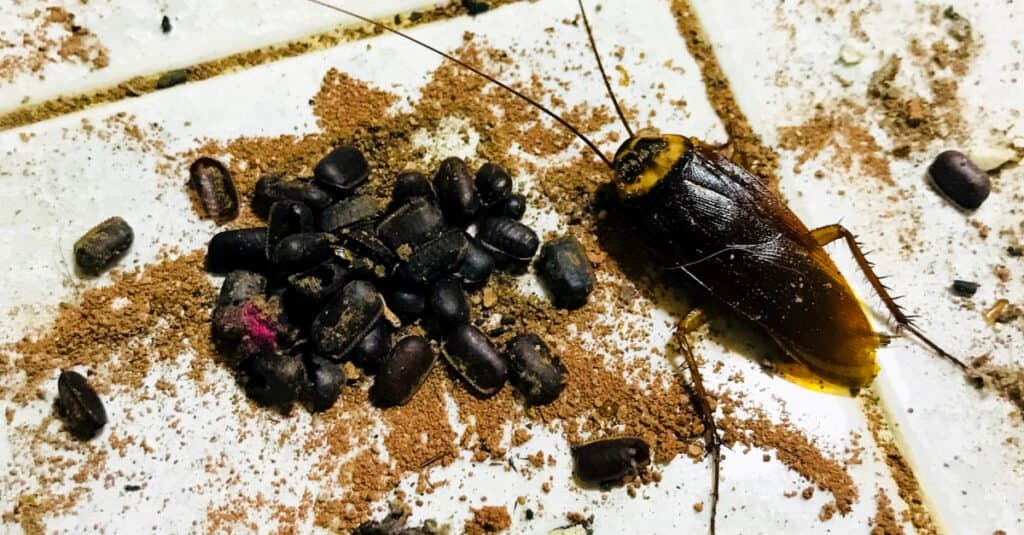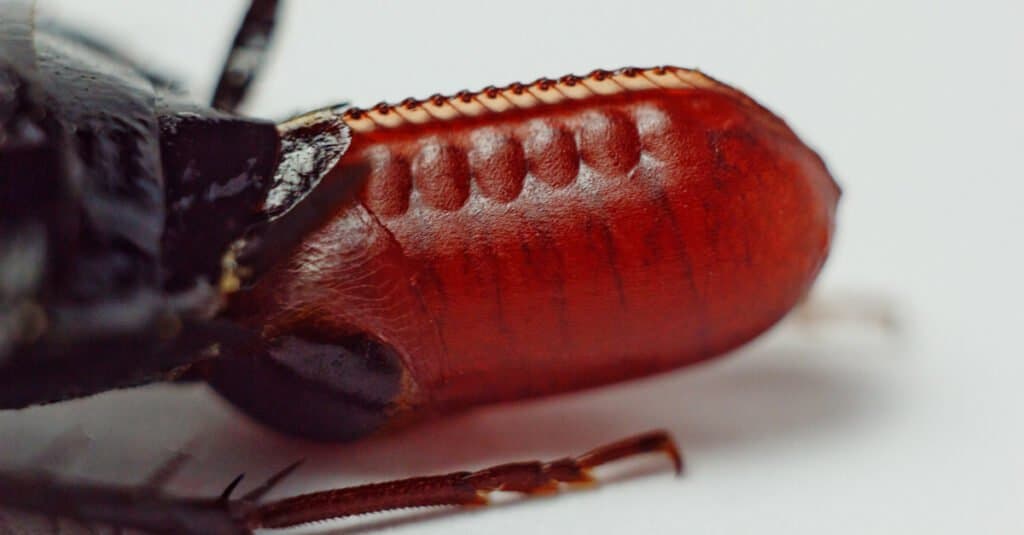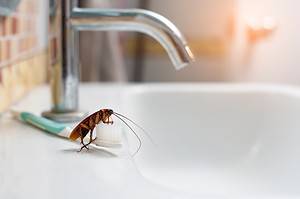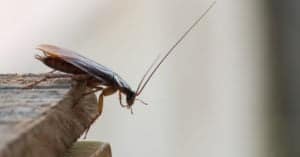For many home and business owners, cockroach infestations and cockroach nests are a constant fear. They’re associated with filth, garbage, bad smells, and disease. But not all cockroaches infest homes, in fact, only about 1% of all cockroach species worldwide ever come into contact with people, let alone their homes. There are over 4,500 species of cockroach on earth, and scientists are constantly discovering more varieties.
Here, we’ll start by learning a little more about just what a cockroach is, and what kinds of things bring them into homes or businesses. Then, we’ll go over just how many kinds of roach present a danger of infestation. Once we’ve established which species you should be worried about, we’ll take a look at cockroach nests. First, we’ll examine how you identify them, what they smell like, and what cockroach eggs look like. Finally, we’ll talk about methods of getting rid of a roach nest, and what you can do to prevent these pestilential insects from taking up residence in your home in the first place.
How to Identify a Cockroach
Cockroaches are a common household insect, though they can also be found outdoors. They have six legs, reddish brown to black bodies, and exceptionally long antennae. Most have a hard, shiny appearance; they may look so glossy that they actually look oily. Many species have wings; wings may be longer than the body, so tiny they’re barely noticeable, or anywhere in between.
Unlike other bugs, cockroaches’ heads face the ground. This means that when you’re looking at the cockroach’s head, you’re actually looking at the hard pronotum, or shield-like structure, that protects the back of the head. In addition to these downwards facing heads, cockroaches also have extremely simple mouthparts that face backwards.
What Attracts Cockroaches?

Cockroach nests are areas in close proximity to sources of food and water where cockroaches congregate, hatch, and breed
©Barnaby Chambers/Shutterstock.com
Like many pest insects, cockroaches are attracted to dirtiness. This does not necessarily mean that, if you find a cockroach, you have a dirty home. Even the smallest crumb of food stuck under the fridge can draw a roach. They’re particularly attracted to dark, private areas near food and water. Cockroach nests can happen anywhere they have privacy, food, and water.
Some of the cockroach’s favorite haunts include behind and under the fridge, dark cabinets, under furniture, and damp basements. Depending on the species, they may also infest multi-unit housing structures, restaurants, and other areas where food is prepared or garbage is left out.
Do All Roaches Come Inside?
Cockroaches have a bad rap. Very few are problem species, but those few are so odiferous and infamous that they destroy the reputation of all roaches. In the United States, under 10 species of roach, including the American cockroach, are known to come inside and create cockroach nests. The other 99% of cockroaches never come in at all; if they do, it’s by accident.
How Do You Know If You Have a Roach Nest?

Cockroach nests include droppings, exoskeletons, egg cases, and cockroaches that are either dead or alive.
©SaiJeed/Shutterstock.com
A cockroach nest isn’t a built structure, like an ant nest. Instead, a roach nest is defined as any area where cockroaches congregate. Most are not social creatures, and they come together in nests only because certain areas have more to offer each individual cockroach than others.
Cockroach nests can be identified by the presence of live and dead cockroaches, shed exoskeletons, droppings, cockroach nymphs, egg cases, and bad smells and stains. The longer the cockroaches are around, the more cockroach leavings pile up. Nest severity can be determined pretty simply by just how many roaches and roach remains you find.
What Does a Cockroach Nest Smell Like?
Cockroaches are infamously dirty and foul-smelling. They’re known to carry diseases that can cause food poisoning-like symptoms in humans. They can also trigger asthma and asthma attacks through their shed skins and droppings.
All of that activity and dirtiness leaves behind not only stains but smells too. Cockroaches have a very distinct smell, at once oily, greasy, and intense. Their pungency is increased by more cockroaches, and by longer residency.
What Do Cockroach Eggs Look Like?

The presence of egg cases, shed skins, and nymphs are all signs of a cockroach nest
©Yuliia Hurzhos/Shutterstock.com
Cockroach nests are often full of one thing: egg cases. All cockroaches come from eggs, which are encased in egg cases. They’re usually red-brown to tan and often look like tiny, dried kidney beans. Female cockroaches either haul the egg case around with them to keep it safe during incubation, or deposit it in a safe area like a cockroach nest.
Some females actually keep their eggs inside their bodies during incubation. The eggs hatch inside, and the female gives birth to live young. These species are called ovoviviparous roaches, meaning they reproduce using both eggs and live birth.
How Do You Kill a Roach Nest?
Once you’ve determined that you do in fact have a cockroach nest, you’ll want to take care of it immediately. The longer you wait, the worse the problem will get. First steps include removing all sources of food, like garbage, waste, or left-out food. Then, you can either call a professional pest exterminator, or begin laying out cockroach killing traps. Pesticides can also be used, though you should exercise caution as pesticides can be harmful to both people and pets.
Let’s take a look at the best ways to keep cockroach nests from accumulating in your home in the first place.
Preventing Cockroach Nests
Cockroaches love sources of food and places to hide. The first step in preventing cockroach nests is to remove both from your home or business as much as possible. First, ensure that all clutter is cleaned up, and that you use plastic totes rather than cardboard boxes to store things in; cockroaches love corrugated cardboard. Next, ensure that all food waste is cleaned up immediately. You’ll also want to check all plumbing fixtures to ensure there are no leaks. Finally, ensure that spaces under furniture and behind appliances are clean and dry.
The photo featured at the top of this post is © IrinaK/Shutterstock.com
Thank you for reading! Have some feedback for us? Contact the AZ Animals editorial team.






